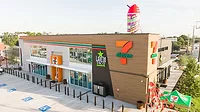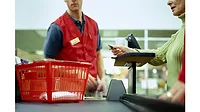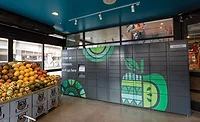Channel Strategies
eCommerce channel continues to thrive
Variety of options, prices keep consumers interested post-pandemic
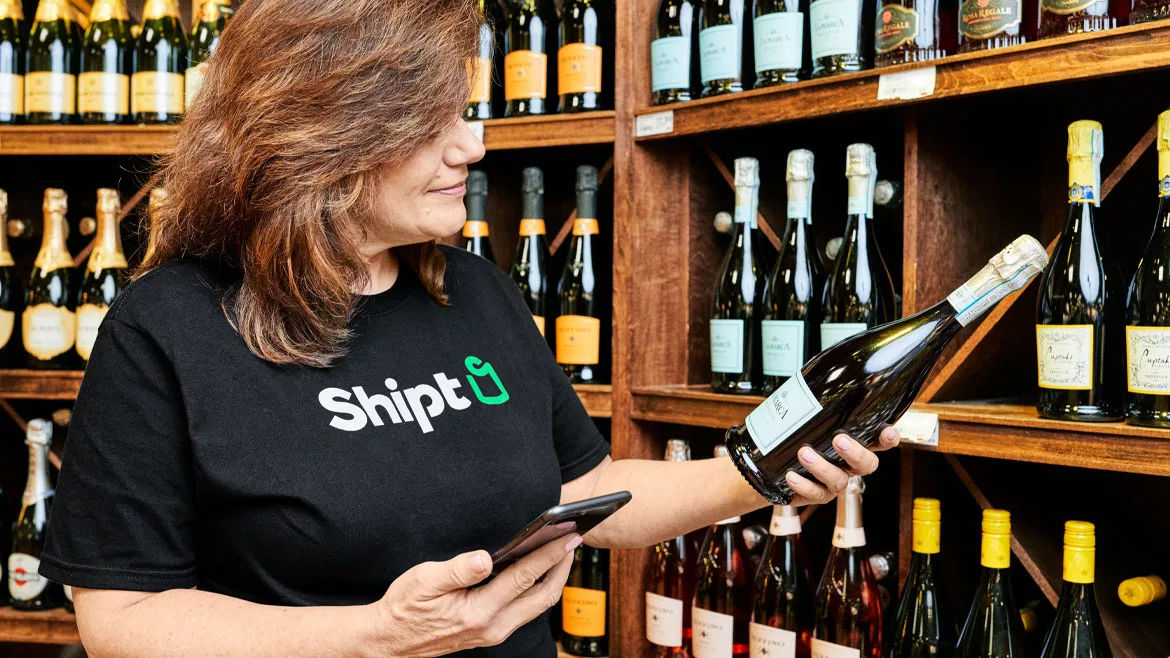
Courtesy of Shipt
In the 1990 movie “Home Alone,” 8-year-old Kevin McCallister (played by Macaulay Culkin) is left, well, home alone after his family takes off for a Christmas vacation. He orders himself a Little Nero’s pizza (after raiding his brother’s cash stash). Kevin decides to prank the delivery person using a fictional mobster movie instead of actually answering the door, and the iconic line “Keep the change, ya filthy animal” was delivered.
Had Kevin been left home alone in 2022, he would have a plethora of options for both food and drink to be delivered, thanks to the popularization of online ordering.
The eCommerce channel has had rapid success during the past few years. Brigette Thomas, senior analyst at New York’s IBISWorld, notes that eCommerce has seen such an increase because of the value consumers place on convenience.
“As eCommerce has evolved, new markets have been able to enter the playing field,” she says. “For example, as shipping speeds have increased, more perishable items such as food and beverage are more easily purchased through online channels and delivered fresh.”
The array of convenience for competitive costs also has drawn consumers to the channel, Thomas says. Especially with the pandemic, many of these trends were furthered because of social distancing regulations and temporary closures of brick-and-mortar stores, she notes.
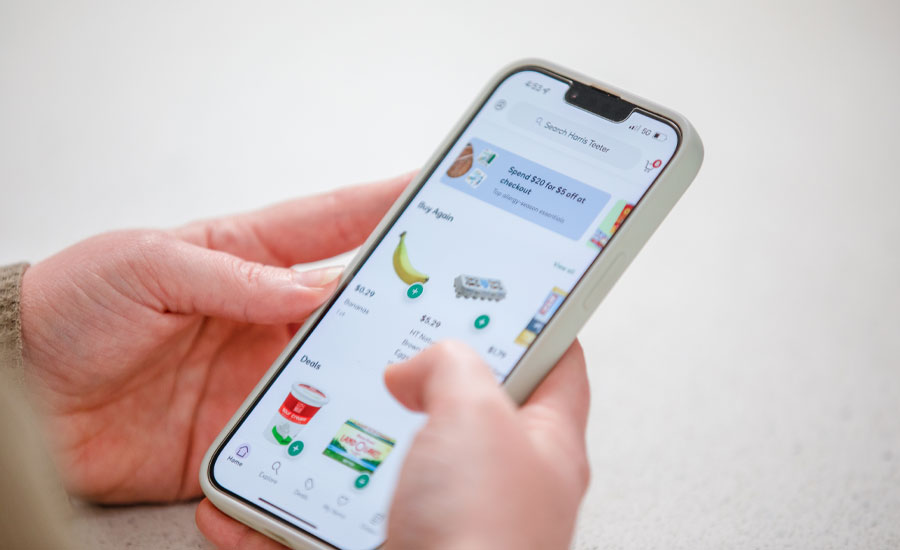
“The pandemic shifted consumer preferences and increased the consumer market for eCommerce,” Thomas explains. “Specifically, older demographics who previously were more timid about online shopping were forced to learn how to shop online during the pandemic,” she says.
Nevertheless, the younger crowd is more likely to utilize the eCommerce channel, Thomas notes.
“Younger demographics are typically more comfortable with eCommerce, which makes them an attractive group to market to,” she says. “Additionally, time-poor consumers with higher levels of disposable income are typical customers for eCommerce markets.”
Moreover, even with the world reopening as we emerge from the pandemic, experts note that many of the consumers who embraced the digital shopping experience during the midst of it have continued to shop online.
Consumers also have become more comfortable and accepting of purchasing larger ticket items online, such as cars, furniture and jewelry, Thomas says. This has driven “substantial growth” for the eCommerce industry, she notes.
Vice President of Omni Solutions at NielsenIQ, Stacey Maniscalco, notes that the eCommerce market has accelerated faster than previously anticipated prior to the pandemic.
“While the eCommerce market has been growing for years, the pandemic drove over 20 million people to be online shoppers for their FMCG needs,” she says.
Maniscalco also highlights that the pandemic allowed for more markets to join the eCommerce channel. The top consumable manufacturers have “grown their online sales significantly” since 2020, she says, increasing their share of online sales in their total portfolio.
“Retailers expanded their click-and-collect abilities or offered it for the first time,” Moniscalco explains. “As retailers provided the shopping experience consumers were looking for, buyers made repeat trips and began purchasing more.”
Making modifications for consumer trends
With the evolution of eCommerce, consumable brands have had to make improvements to keep up with the ever-expanding eCommerce market, experts note.
IBISWorld’s Thomas explains that brands have done this by adjusting their delivery options, noting that stores like Walmart and Amazon offer same-day grocery deliveries in some areas.
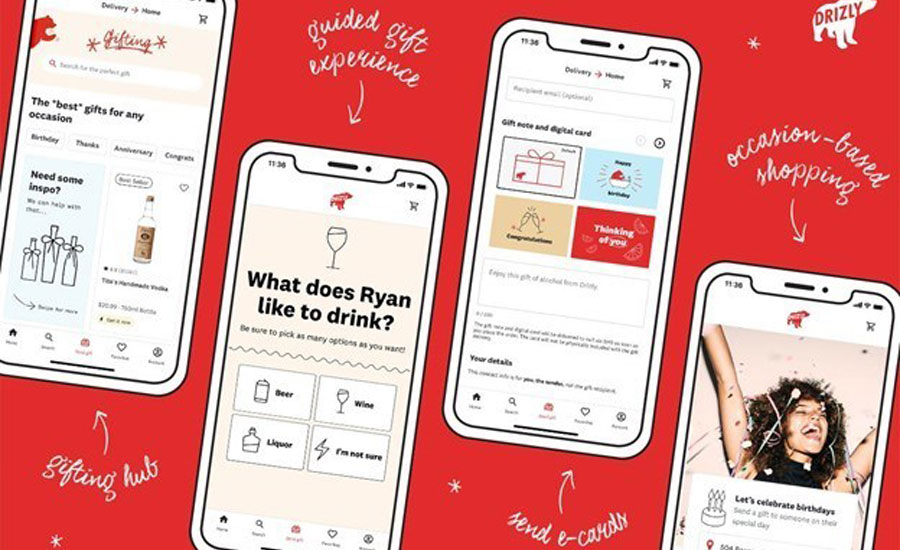
Courtesy of Drizly
“This has been appealing to many time-poor consumers, as they can skip going to the store and still receive their food and beverage that day,” she says. “Additionally, online alcohol sales have contributed to growth as legislation surrounding alcohol delivery has eased in favor of online sales.”
Still, whereas many consumers have taken advantage of grocery delivery, a large portion prefer to shop in-store, Thomas notes. Especially when it comes to meat and produce, consumers prefer to pick their own according to their personal preferences, she says.
“In terms of click-and-collect versus delivery, the popularity of each will differ depending on the consumer’s location,” Thomas explains. “For example, consumers living in an urban area who rely on public transportation may prefer delivery, whereas a consumer in a suburb and with a car can take advantage of quicker pick-up times through the click-and-collect model.”
NielsenIQ’s Maniscalco considers the methods to be “crucial” for consumable brands in eCommerce, whether it be click-and-collect, shipping or delivery.
“While more consumables are shipped and delivered, both types of online sales have grown over 50% since 2019,” she says.
Bars and blocks on booze
Within the eCommerce channel, drinks perform well based on consumer trends. Maniscalco notes that wine, soft drinks and energy beverages are the top-sellers in the channel.
The online sales of soft drinks and energy drinks, while not as high in sales as wine, have “nearly or more than doubled” since 2019, she says.
IBISWorld’s Thomas says that, in general, less perishable beverages are popular in eCommerce, as well as niche products not found in the typical store.
Both professionals note that alcohol markets face legislation limitations when it comes to online sales.
“The legislation surrounding online alcohol sales is the biggest challenge surrounding potential growth,” Thomas says. “Specific regulation differ according to state and local government; therefore, prospective companies must research an area’s specific rules and regulations.”
Another downside to online alcohol purchasing is that it strays from the traditional in-person method.
“Beyond these laws, consumers enjoy hearing the story and history of a product while having the opportunity to taste in-store,” Maniscalco says. “It can be difficult for someone to purchase a new spirit or brand by just looking online, given that total experience won’t be had, giving core brands an advantage to selling online.”
Given these limitations, participants in the eCommerce channel are looking to bridge that gap. Alcohol eCommerce shop Drizly, an Uber company, recently announced its new brand direction that aims to help people savor life’s moments. With this brand evolution, Drizly is underscoring its new direction as it builds upon its expertise in on-demand delivery to become the go-to shopping destination for all beverage alcohol occasions, it states. The evolution is designed to help consumers find the ideal drink for the occasion and broaden the occasions with enhancements to the gifting shopping experience.
“After building the infrastructure for alcohol eCommerce and paving the way for on-demand delivery at scale, this next phase for Drizly is all about building a tailored shopping experience to help customers find the best drinks for these moments ― whether it’s a bottle for an impromptu date night at home or sending a gift across the country to mark a special occasion,” said Cory Rellas, Drizly CEO, in a statement at the time of the announcement.
As the eCommerce channel matures, consumers and retailers look to be embracing this digital experience.
Looking for a reprint of this article?
From high-res PDFs to custom plaques, order your copy today!




